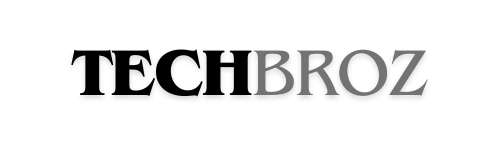You know that sinking feeling when you realize you’ve been in back-to-back meetings all day but have nothing concrete to show for it? The notes are messy, action items are unclear, and you can’t remember who said what. Zoom’s massive new update aims to solve exactly that problem—and it’s going to change how we work forever.
Here’s what you need to know:
- Zoom’s AI companion now works across Google Meet and Microsoft Teams
- New photorealistic avatars let you skip camera time while staying engaged
- Cross-platform search pulls information from all your meeting apps
- AI scheduling finds optimal meeting times and suggests which ones you can skip
The End of Meeting Chaos
For years, companies like Read AI, Otter, and Fireflies dominated the meeting notetaking space while Zoom’s transcription features felt basic. That changes now. Zoom’s AI companion has evolved into a cross-application powerhouse that works whether you’re in a Zoom call, Google Meet, or Microsoft Teams session.
Here’s what’s actually happening: the system doesn’t just transcribe—it understands context. It can distinguish between action items, questions, and decisions. If you jot down “follow up with marketing,” the AI will expand it into a proper task with deadlines and responsible parties.
What’s interesting is how Zoom borrowed the best ideas from competitors. The personal note-taking feature that lets you add your own thoughts during meetings? That comes straight from Granola‘s playbook. The cross-platform search that digs through Google and Microsoft ecosystems? That’s solving a pain point every knowledge worker faces daily.
The Avatar Revolution and Its Risks
Remember when Zoom’s CEO used an AI avatar during an earnings call? That wasn’t just a stunt—it was a preview of today’s launch. These photorealistic avatars mimic your facial expressions and head movements, creating a surprisingly natural experience when you’re not “camera-ready.”
But here’s the thing: this technology walks a fine line between convenience and creepy. The reality turns out to be that corporate IT departments are already concerned about deepfake risks. Imagine someone creating a convincing avatar of your CEO to approve fraudulent transactions—that’s the nightmare scenario keeping security teams awake.
The avatars represent a fundamental shift in how we think about presence. You’re not just turning your camera off anymore—you’re deploying a digital representation that maintains engagement while giving you back control over your physical presence. It’s powerful, but requires careful governance.
Practical Magic for Everyday Work
Beyond the flashy avatars and notetaking, Zoom is solving practical problems you encounter every day. The new scheduling features use AI to find time slots that actually work for everyone—not just showing when people are free, but when they’re most productive.
The “free up my time” feature might be the most revolutionary addition. It analyzes your calendar and suggests meetings you can safely skip based on your role, priorities, and past attendance patterns. This isn’t just convenience—it’s actively protecting your focus time.
Proactive meeting recommendations take this further by suggesting agenda items and tasks based on the meeting’s purpose and participants. It’s like having an assistant who’s read every related document and knows everyone’s working style.
The bottom line:
Zoom is no longer just a video calling platform—it’s becoming an intelligent productivity layer that works across your entire digital workspace. The AI features understand context, the avatars redefine presence, and the practical tools protect your most valuable resource: time.
As these features roll out through the end of 2025, expect to see fundamental changes in how meetings are conducted and documented. The era of forgetting action items and wasting time in unnecessary meetings is finally ending—if you know how to use these tools effectively.
Your move? Start experimenting with these features as they become available, but maintain healthy skepticism about avatar usage in sensitive contexts. The future of work is here, and it’s smarter than ever.



